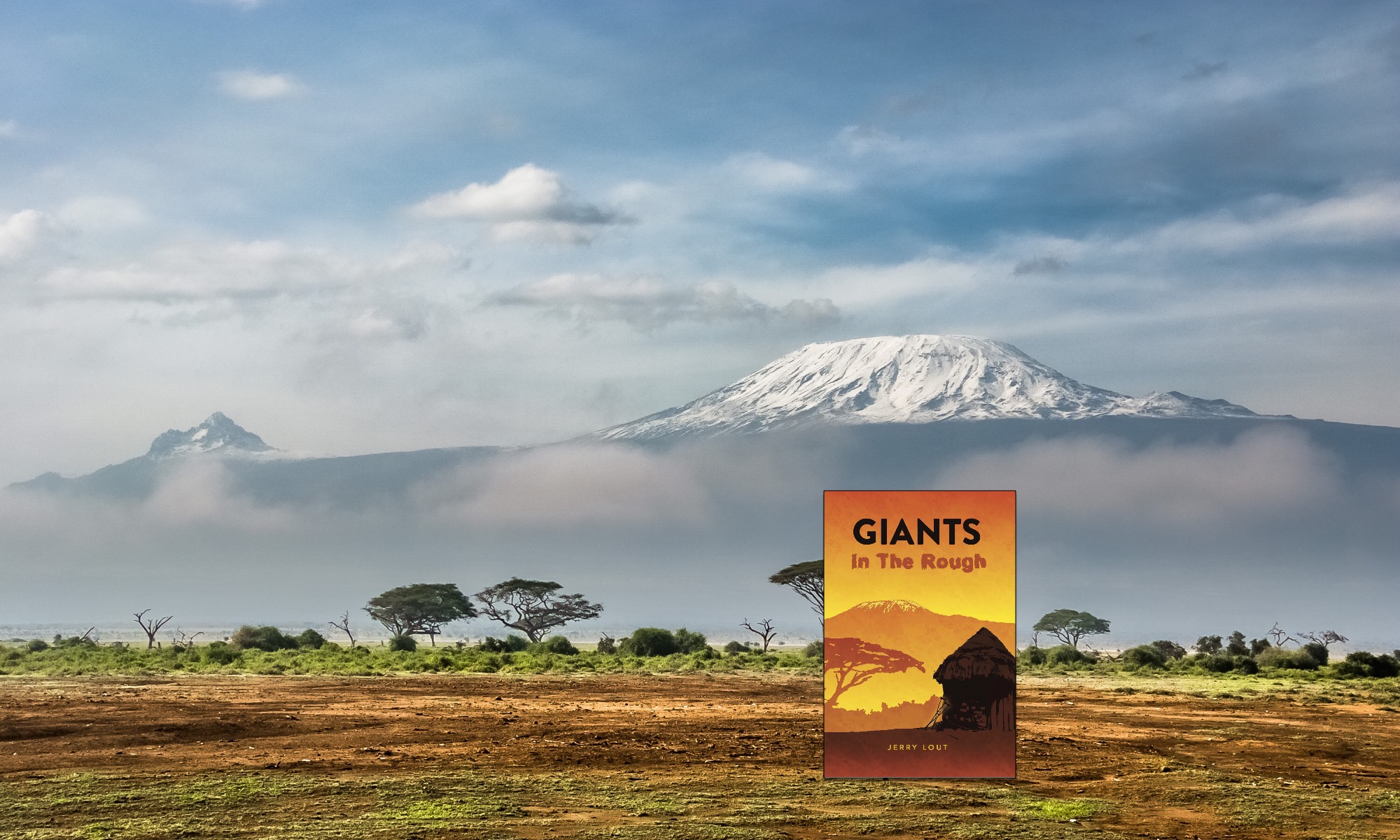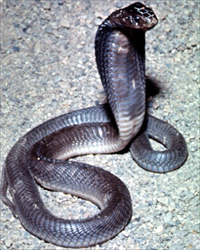“Do you hear something, Hon?”
The drum-beat rhythms seemed distant and ill-defined – more like a dream than real. Indeed, for a moment I thought the sound was a dream. But it grew in strength and as we lay wide-eyed in our fully-darkened sleeping quarters, our senses were strained. Time passed slowly.
“They’re coming nearer.”
Taranganya occupied a tiny dot on the rare Kenya map that found the outpost worthy of any space at all. The village’s claim to fame included a butcher shop. Flies gathered there to hike around on suspended beef portions well before customers took their cuts home to savor them for themselves. Pressure cookers were prized items in any missionary dwelling.
Two government schools roughly book-ended the butchery, one for elementary kids, the other, high-schoolers. Beyond these, the one evidence that Taranganya village existed was Bukuria Mission.
Bukuria. Our first upcountry home. The place an outdoor hired hand pummeled a seven-foot spitting cobra after she raised her head just yards away and shot venomous spray my direction.
Bukuria – where a tornado ripped the metal roof off our neighbor’s house to hurl it across the compound, pretzelizing it in the branches of several trees on the way out.
Bukuria was a kind of place that stirs nostalgia. Past residents recall images of smoke clouds wafting over distant Maasai plains – evidence of herdsmen purging brown grasslands before the onset of welcome March rains.
A night watchman, Nyamahanga, was a fixed security presence on the station, greeting us at our first arrival. His armor consisted of a homemade bow with a handful of arrows (razor sharp). We had heard that tribal skirmishes may flare up in the area now and then. One wouldn’t want to be caught in the cross-fire, or worse yet, become the direct target of an angry archer.
“Lord, thanks for watching over us, over this place.”
The mission station rested on the uppermost slope of a gradually-ascending hill. Its entrance-point marked the head of a sweeping curve of the narrow, unpaved road passing before it. Our new home was in a remote sector of Kenya just five miles north of Tanzania’s unpatrolled border. The massive waters of Lake Victoria glistened from her banks 40 miles to our west.
We, the newbie missionaries, had just moved more than two hundred miles to this place, having received little orientation. We had no actual history with anyone of the Kuria Tribe.
The drumming volume intensified. Chanting sounds in a local dialect unknown to us fueled our anxiety.
Had we pondered more the impact of faith since the arrival of outsiders bearing the Jesus-news three decades earlier, our jitters would have lessened.
Our night of fitful sleep finally passed and we asked the obvious question.
The midnight drum-beats and chanting voices had stirred old film images of painted warriors, pith helmets and boiling pots. But we traced our Saturday night of sleeplessness to a little band of Kuria believers. En route to a prayer meeting.
©2017 Jerry Lout


